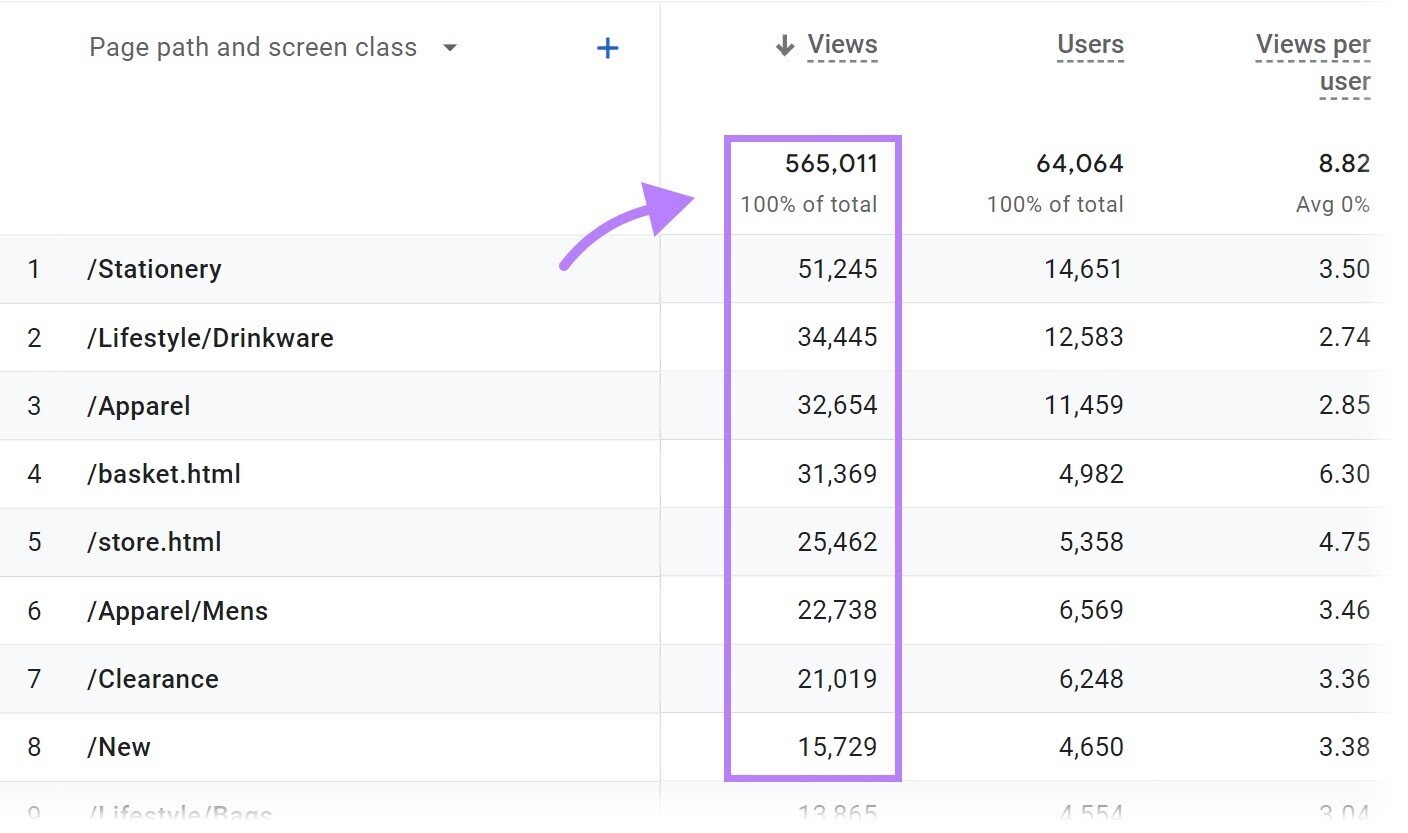Unloading the Enigma: When Does the Google Analytics Tracking Code Send an Event Hit to Analytics?
Unloading the Enigma: When Does the Google Analytics Tracking Code Send an Event Hit to Analytics?
Blog Article
Optimize Your Web Site Performance With Google Analytics Tracking Code
In the digital landscape, comprehending individual communications with your web site is important for optimization. This critical implementation not only informs your choices yet also paves the way for a more appealing customer experience.
Recognizing Google Analytics
Recognizing Google Analytics is important for web site proprietors and marketing experts intending to maximize their on-line visibility. This powerful device provides crucial insights into user actions, allowing stakeholders to make data-driven decisions. By tracking various metrics, such as web page views, bounce prices, and customer demographics, Google Analytics helps identify which elements of a web site are doing well and which need renovation.
One of the key attributes of Google Analytics is its ability to segment data. Users can analyze web traffic resources, individual engagement, and conversion prices throughout various sectors, such as geographical locations or tool types. This granularity enables marketers to customize their approaches to particular audiences, therefore improving the effectiveness of their projects.

Establishing Tracking Code
To harness the full capacity of Google Analytics, setting up the tracking code appropriately is a fundamental action. The monitoring code, a snippet of JavaScript, makes it possible for Google Analytics to gather information regarding customer interactions on your internet site.
Next, you'll require to install this code into the HTML of your web site. Ideally, put the tracking code right before the closing tag on every web page you wish to keep an eye on. If you're using a material administration system (CMS) like WordPress, take into consideration using plugins that help with very easy integration.
After executing the code, it's critical to confirm its capability. Make use of the "Real-Time" records in Google Analytics to validate that data is being collected as expected. By making certain correct arrangement, you produce a strong structure for effective data analysis and strategic decision-making to improve your internet site's efficiency.
Trick Metrics to Display
Frequently checking vital metrics in Google Analytics is vital for analyzing your website's performance and user engagement. Among the fundamental metrics to track are web page sights, which offer insight into how frequently users visit different pages on your site. Additionally, unique site visitors aid you recognize the reach of your material by suggesting the number of distinctive customers are involving with your site over a given period.
Bounce rate is another crucial metric, disclosing the portion of site visitors that leave your site after seeing only one web page. A high bounce price may indicate issues with material significance or user experience. Alternatively, session duration shows just how long site visitors remain on your website, aiding you assess content performance and individual interest.
Conversion rates are vital for gauging the success of your web site in achieving certain objectives, such as type submissions or item purchases (when does the google analytics tracking code send an event hit to analytics?). Keeping track of traffic sources is additionally key, as it aids identify which networks drive one of the most traffic and conversions, enabling even more targeted marketing approaches
Studying Site Visitor Habits

In addition, tracking user paths through the website assists disclose usual navigating patterns. This details is crucial in identifying whether users can easily locate the wikipedia reference material they look for or if they run into barriers that bring about aggravation. Identifying high exit pages can highlight areas that may require redesign or more engaging content to keep visitors.
Furthermore, segmenting users based upon demographics, interests, and behavior offers a much deeper understanding of the target market. This segmentation allows companies to tailor web content and advertising strategies better, boosting the possibility of conversions. Ultimately, assessing site visitor behavior not only notifies internet site improvements yet also promotes a much more user-centric strategy, resulting in enhanced complete satisfaction and commitment gradually.
Carrying Out Data-Driven Adjustments
Applying data-driven adjustments is essential for enhancing web site efficiency and accomplishing organization goals. By leveraging insights collected from Google Analytics, organizations can determine areas for renovation and make informed decisions to optimize customer experience.
First, examine key performance signs (KPIs) such as bounce rates, session duration, and conversion rates to identify certain problems impacting user interaction - when does the google analytics tracking code send an event hit to analytics?. For instance, a high bounce price on a landing web page may suggest that the web content is not reverberating with visitors or that the web page takes as well long to tons

Verdict
In conclusion, the implementation of Google Analytics tracking code is vital for optimizing internet site efficiency. By precisely keeping an eye on individual behavior and key metrics, important insights can be gotten, assisting in data-driven decision-making.
By tracking various metrics, such as web page sights, bounce prices, and sites customer demographics, Google Analytics aids identify which aspects of an internet site are carrying out well and which call for enhancement.
Individuals can analyze website traffic resources, user interaction, and conversion rates throughout different segments, such as geographic areas or device types. The tracking code, a bit of JavaScript, makes it possible for Google Analytics to collect information concerning individual interactions on your web site.Consistently keeping track of vital metrics in Google Analytics is important for evaluating your web site's efficiency and customer engagement. By leveraging Google Analytics, internet site owners can obtain important insights into just how users engage with their site.
Report this page